Lazy Income Streams, Passive (ish) Ways to Earn Money
/Okay, guys, I'm gonna let you in on a secret...I am a very lazy person. I like to think of myself as a very efficient woman; I don't like to do anything twice or unnecessarily. I work smarter, not harder. This is why I'm into index fund investing. I like to have my money work for me, but I don't want to spend all my time and energy watching my stocks. Being a lazy person, I wanted to share with you the low-effort ways that I am planning on making money in 2021.
Last year, I made $139k in income. One of the major ways that I earned that money was by freelancing. My 9-to-5 job is a visual designer in the tech industry. Last year, I wasn't employed full time for the first two months of the year, so to make up the difference monetarily, I did a lot of freelancing work. This brought in about $20k. I love doing design, but it is so much work to freelance on top of having a full time job, and that's just really not how I want to spend my time. So I am going to share with you the 10 ways that I am planning on earning income this year.
1. Work A 9-5 Job (not super low effort, but stable!)
My main stream of income will be through my 9-to-5 job and keeping it simple. I work 40 hours a week, and at my current company, I have a good work/life balance. I'm not too concerned about it being too much to handle, but I am earning the majority of my money from my day job. I earn $58/hour.
2. Earn Interest
Everybody should have a high yield savings account where you keep your emergency fund or other savings. I made over $100 in interest alone last year, which may not seem like much, but that was literally just my emergency money sitting in the bank. Even if you're paying off debt, you should still have an emergency fund in case anything comes up, so having your savings in a HYSA will earn you interest without you having to lift a finger. Currently, interest rates are pretty low due to the pandemic. I'm with Ally Bank, and mine is at 0.5%, so it's not as high as it used to be, but it certainly is not nothing. And that will compound on itself and grow, grow, grow!
3. Earn Dividends
The next way I'm earning income is through dividends. I also love this way because it is so passive. All you do is invest! I am not a person who chooses individual high dividend stocks, I simply put my money into an index fund, in my case SWTSX, which is Schwab's total stock market index fund. If you are with Vanguard or Fidelity, they also have a similar total stock market index fund. I get dividends from SWTSX every so often, but in dividends last year I earned over $2,000, and in 2021, I'm on track to earn about $3,000. And I don’t have to do a thing! I reinvest all of those dividends, so my dividends keep earning more dividends.
4. Share Affiliate Links
The most common program is through Amazon's affiliate marketing program. It's so simple, and easy to sign up. It just gives you a little bar at the top of your Amazon page, and when you click into a product you can like get a hyperlink with your co-affiliate marketing code. So when people see that you've recommended a book or recommended a product, you get a small payout from Amazon for getting other people to buy that product.
For me, I try to recommend things that I absolutely love, like the finance books that I used on my own journey. I don't encourage just anything, and I think it's really good for people to be mindful of what they are recommending because it can come off as insincere. I think there's a healthy balance between showering people with affiliate links and recommending products that you truly think others would benefit from. There are also FTC rules regarding affiliate marketing, so make sure and understand them before you sign up. That being said, if you see any Amazon links on my site, just know that I am getting a little profit, but I stand by my recommendations.
5. Use Display Ads
I am making money this year through Google Adsense. This is something that many bloggers and YouTubers use. I am not monetized on YouTube, but I do have it set up on my blog. Google only pays out after you accrue $100, so I have never been paid out, but I think in 2021 I will get my first Google Adsense paycheck. but it is so easy to set up. I set mine up through Squarespace and I just plugged a little ads.txt file into my website (only available on the business plan and above) and then I was set up and ready to earn. It auto places ads and I turned on whatever was recommended and that's it. Again I'm lazy, it was so easy and not hard at all.
This does mean setting up a blog though. My Squarespace costs me $216 a year, so I would just keep that in mind when taking into consideration what you're willing to pay to start your affiliate ads and your display ads versus what it costs to “invest” in yourself. A lot of people use self-hosted Wordpress sites which are much cheaper, but I am lazy so I use Squarespace and I love it.
6. Get Brand sponsorships
I have only had one sponsorship so far, but brand sponsorships is something I'm looking into for 2021, reaching out to brands who I think align closely with my audience and values and are companies that I actually use. Brand sponsorships are something I struggle internally with because sometimes I would never want to recommend a product to a person that it is not a good fit for, especially if it’s a financial product. For example, if Robinhood were to approach me, I would most likely decline because I don't personally use Robinhood. It is something that I can't necessarily stand by based on how it gamifies investing for people who have no idea what they're doing.
On the other hand, if Wealthfront were to approach me, I'm a huge Wealthfront stan. I love and use Wealthfront and trust them with my own money. Brand sponsorships like that I would easily accept without feeling guilty. My only word of advice if you plan on entering sponsorships is to always read the terms and conditions of those contracts. In my experience, I didn't read the fine print, and some ads were posted where I didn't realize they were going to end up. Fight to keep ownership of your content so that the sponsor doesn’t own your content in perpetuity and you don’t sign your rights away.
7. Sell Digital Products
I set up my Etsy shop last year where I sell motivational art and coloring charts to track your financial goals. I like digital products because it's a one-time setup, and you can easily re-list the same items. It costs about 20¢ or 35¢ to list, but then once you've done that, it takes care of itself. Free programs like Canva or Figma are great for creating the digital products and are super easy to use. Get 40 free listings on Etsy by signing up through my link.
7. Sell Physical Products (merch)
I am launching some physical products this year in my Etsy shop. But, and I cannot emphasize this enough, I do not want to handle all the shipping and fulfillment of the orders.
I am going to be using services like Teespring and Printful to manage it for me. Printful links to Etsy and Teespring links to YouTube, which means that people can order your designs directly from those sites, but Printful and Teespring will create and ship the products for you. Physical products like merch are really great as long as you are not the one dealing with all the inventory. I've talked to friends who handled their own inventory before, and it can be a nightmare. Even though these types of services take a bigger portion of the profit, in my opinion, it’s worth the convenience.
9. Resell Your Stuff
I am planning on earning money through reselling, so apps like Poshmark, Facebook Marketplace, Mercari. I made around $1,000 or so dollars last year in reselling with minimal effort. People who actively Posh may go out looking for products to sell, but for me it's just a matter of decluttering my home, taking what I already have and turning it into cash. Sign up with my Poshmark link to get $10 in Posh credit!
Reselling is an easy way to take what you already have and turn it into money. The market is growing and growing, and as people become more conscious about where they shop, a lot of people are going to turn to secondhand shopping. Not only can it save you money, but it also does great for the environment.
10. Get Cash Back
Finally the last way that I am going to earn income is through cash back apps like Fetch, Rakuten, or Coupons.com. Basically you get a cut for shopping, typically because they agree to sell your data to third parties. Not gonna lie, if you're uncomfortable with that, I’m just being honest. It's not free, nothing is free in this world. You using social media and all these other apps...somebody's getting profit off of you somehow. Nothing is truly free in this world! But if you're comfortable with that, you can easily make money back.
If you're already doing your grocery shopping you scan your receipt through the Fetch app or coupons.com app and get money back or if you're already shopping online and you have the Rakuten app widget installed in your browser you can get up to 10% cash back for buying what you were already gonna buy. For me I know the price I pay, but I’m already buying stuff anyway, so I'm willing to get like a couple hundred dollars back for doing whatever I'm already gonna do, which is buying something.
Start scanning your coupons and get 2,000 points ($2) with my Fetch app link. Shop using Rakuten’s browser extension and get $20 when you sign up for Rakuten with my link. Also use Honey when you shop and get Honey gold (redeemable for gift cards) and coupon suggestions at checkout!
Those are the 10 ways I am planning on earning income in 2021. These are the easiest ways to get started and span the gamut of really zero effort to like a 5 level of difficulty at most. I'm not saying start painting and sell your paintings because then that will require you actually doing stuff.
Establish yourself as a brand—I think we're all walking brands these days. It's important to start doing stuff and I don't think you necessarily need to invest a ton of money. I paid $200 for my blog but like there are other options like Wix and Blogspot that are free.
The most important part of any of this and a life tip in general is being consistent. Just start doing it and then understand that the way you're going to see actual returns on this investment is through being consistent whether it's straight up investing in your stocks and seeing those dividend payouts or whether it's starting to sell digital products putting out display ads on your blog. All of it takes consistency!
I hope you guys like this video. If you want to see more like it, be sure to hit the like button and subscribe to my channel and let's all retire early together!
Disclosure: Some links are affiliate links, meaning, at no additional cost to you, I may earn some compensation. All opinions are 100% my own! I truly appreciate you and your support. :)








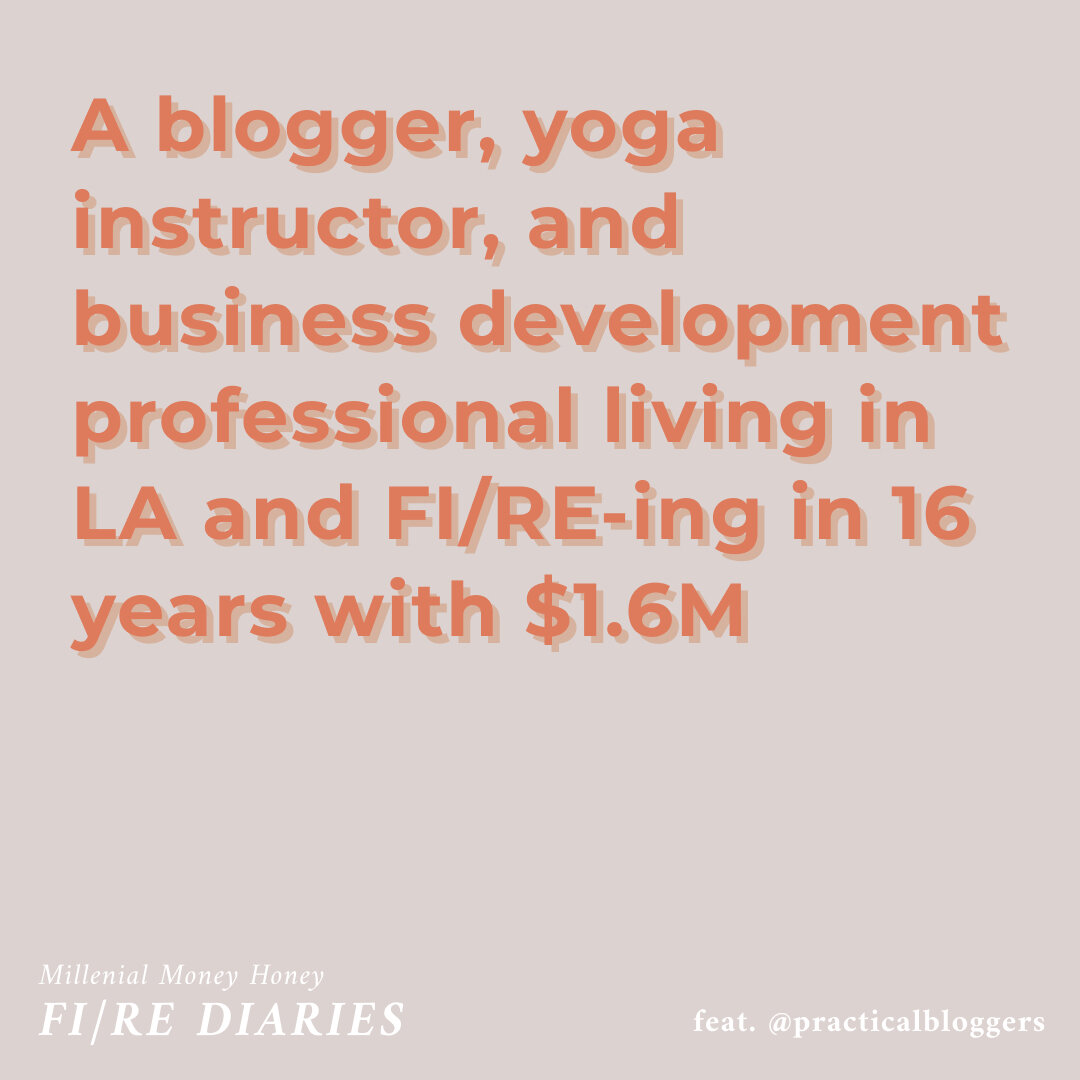







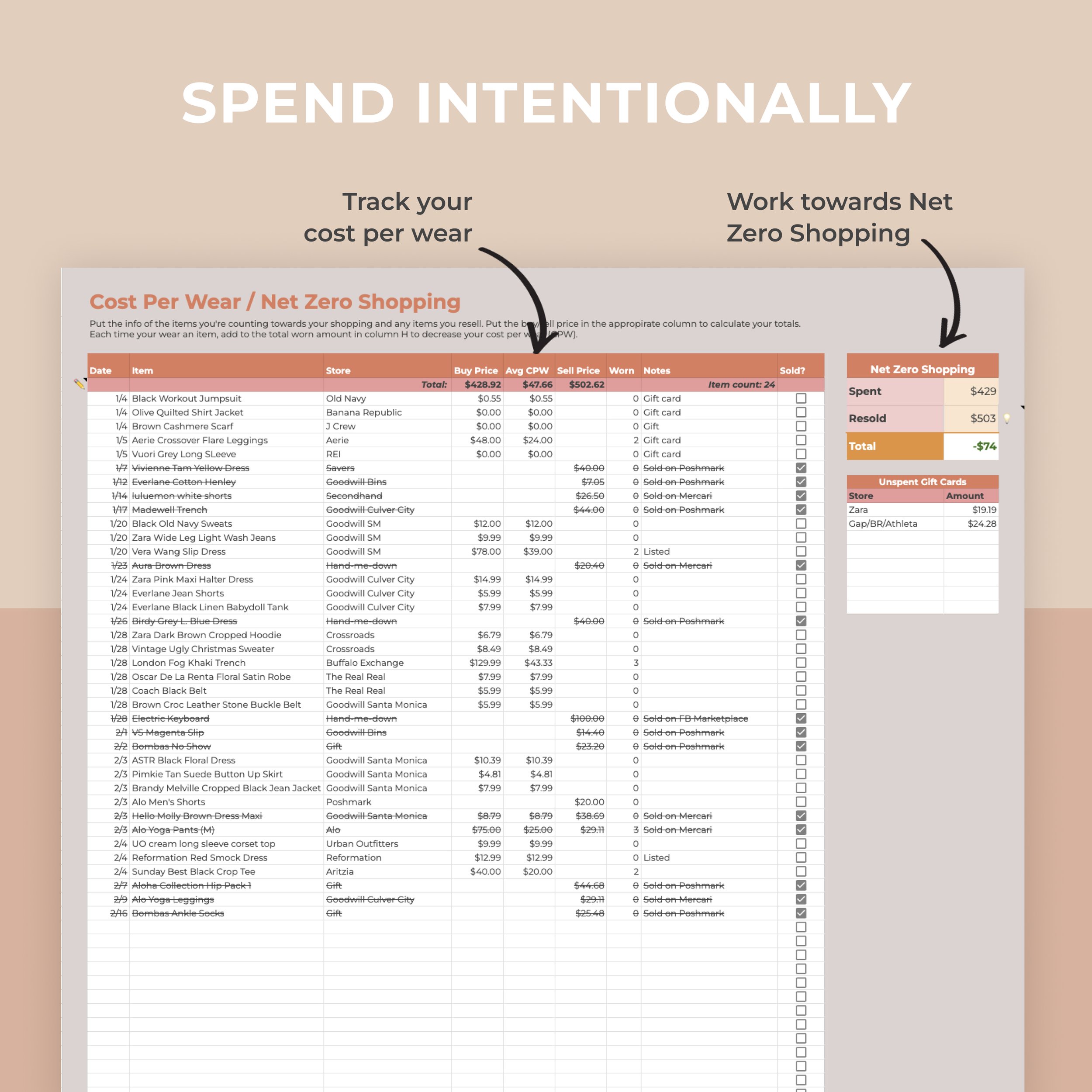
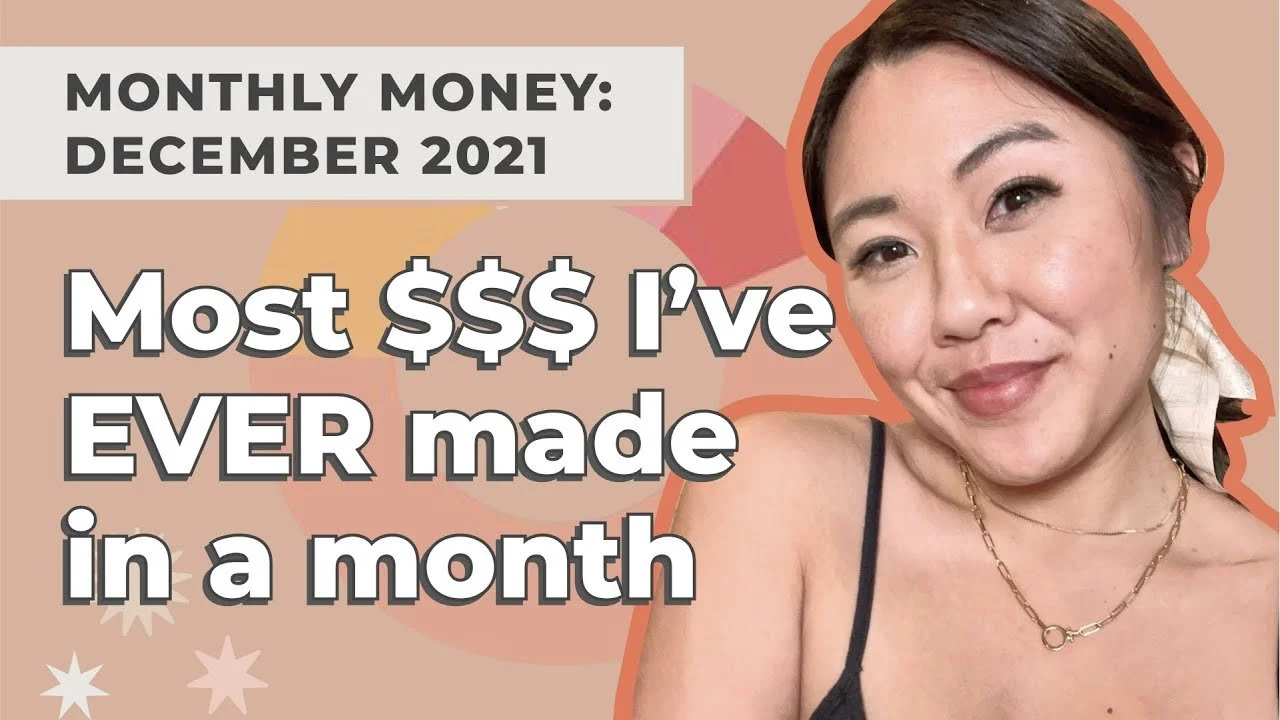
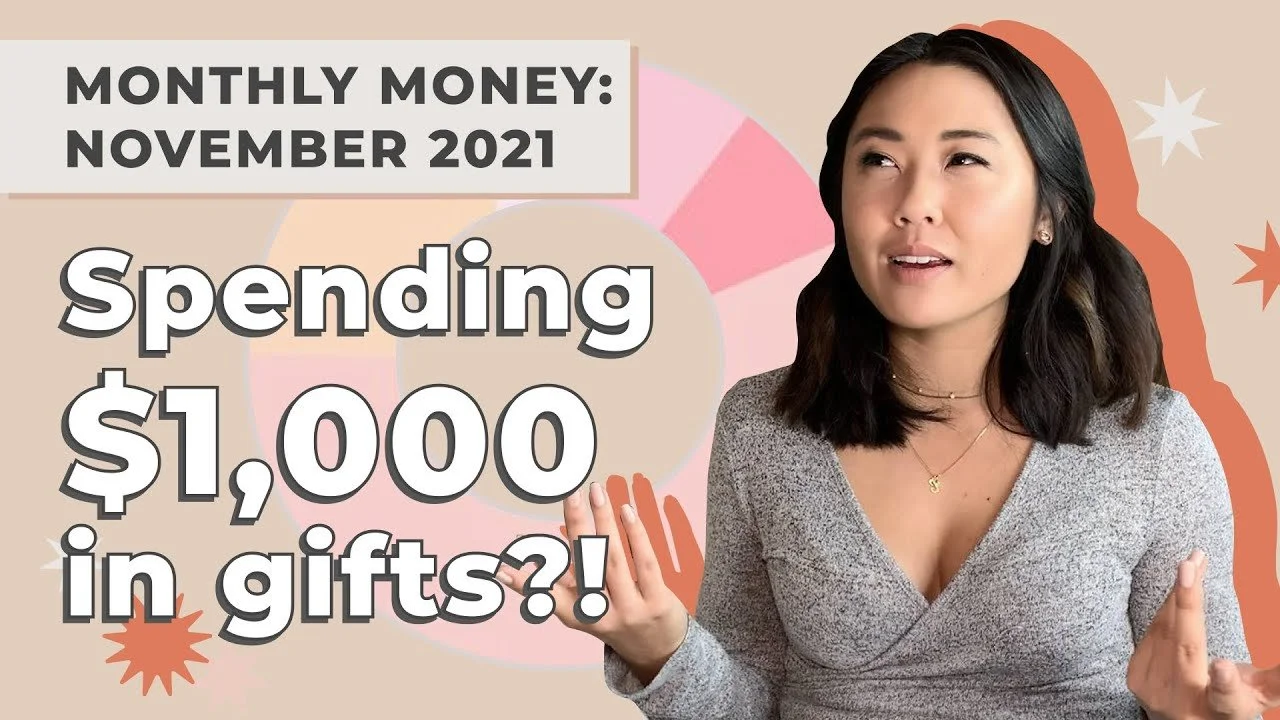


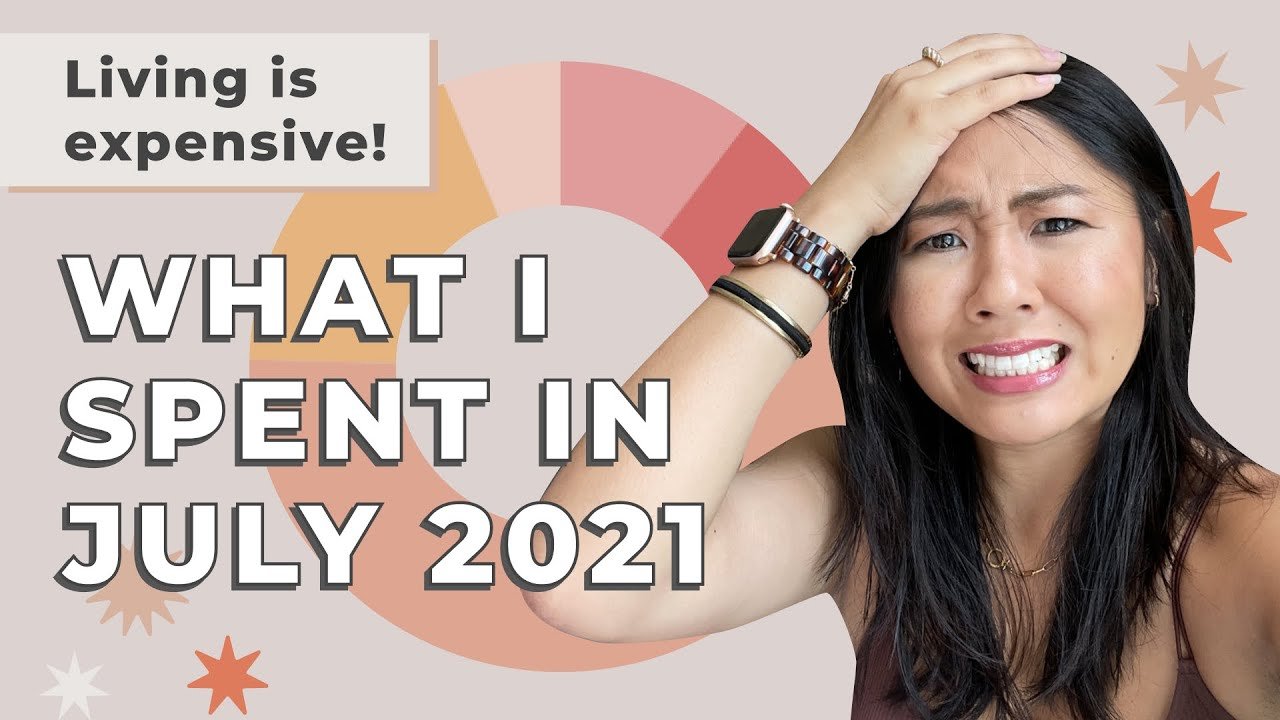
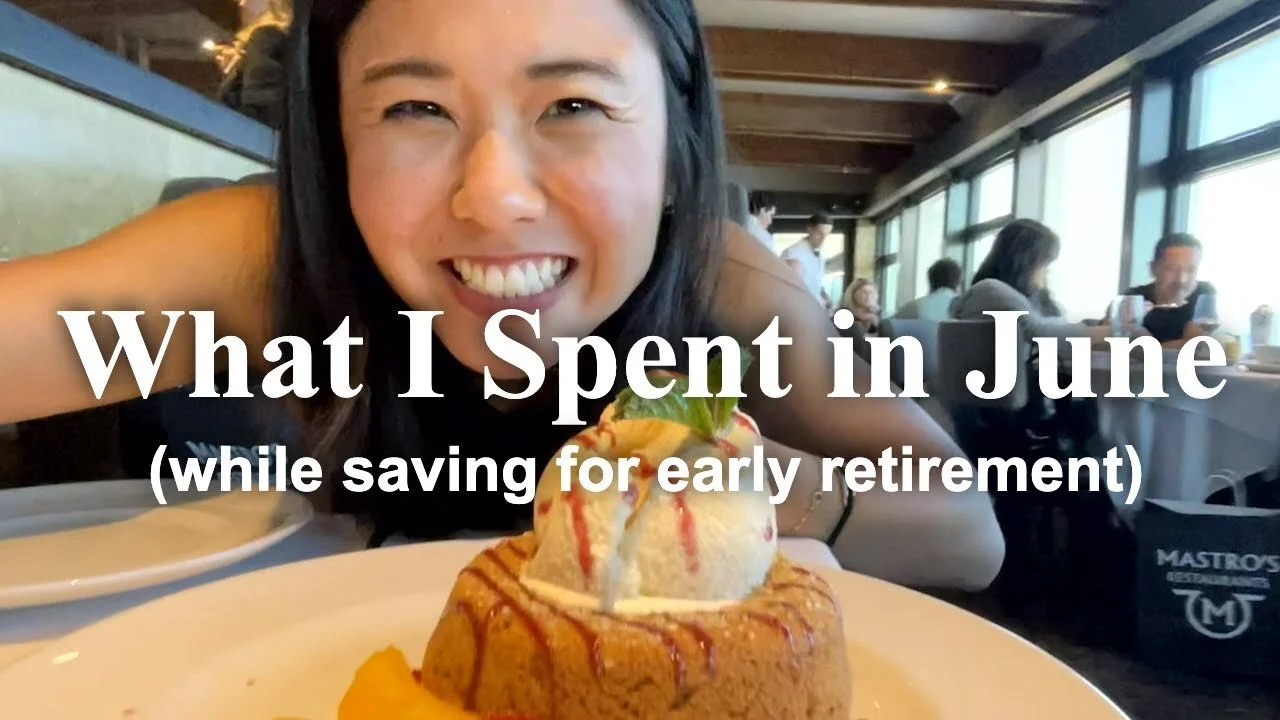




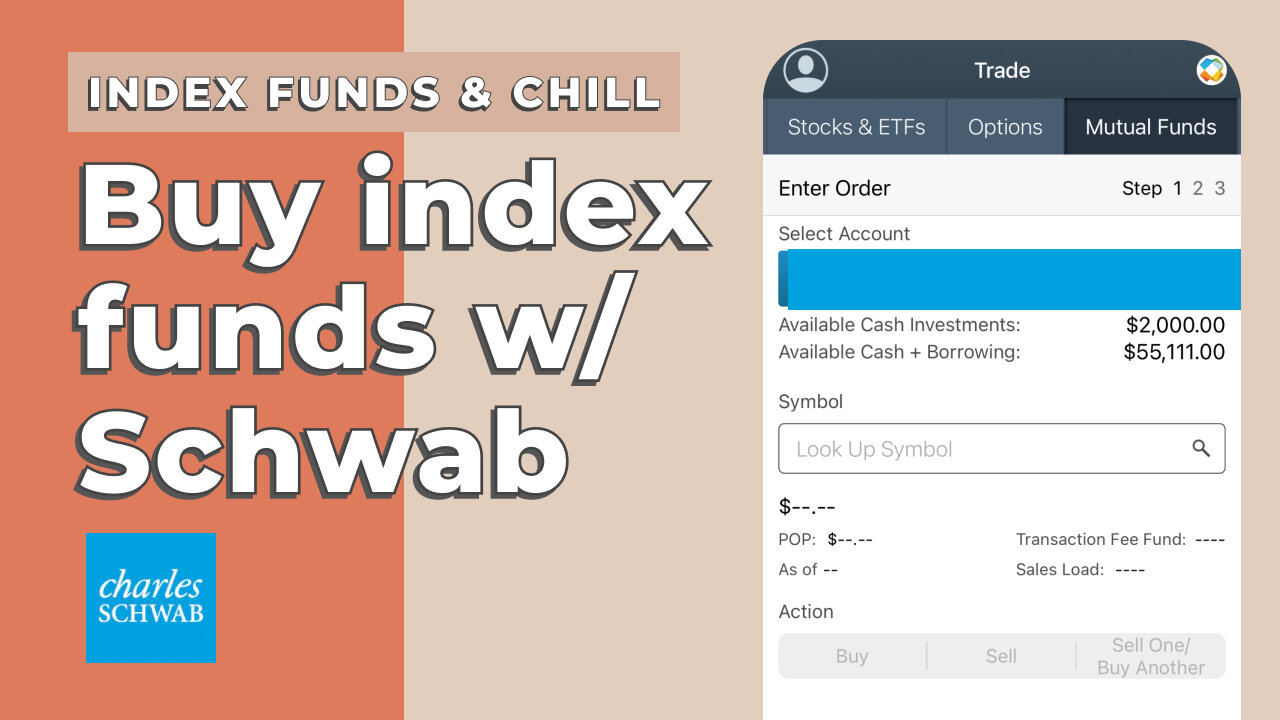



![[Closed] *GIVEAWAY!* Millennial Money Honey Shop is open!](https://images.squarespace-cdn.com/content/v1/5d75d967a6cf7c535dd64803/1599244949238-5UKEL2UONTDWGSKWK01S/Mockup8.jpg)







